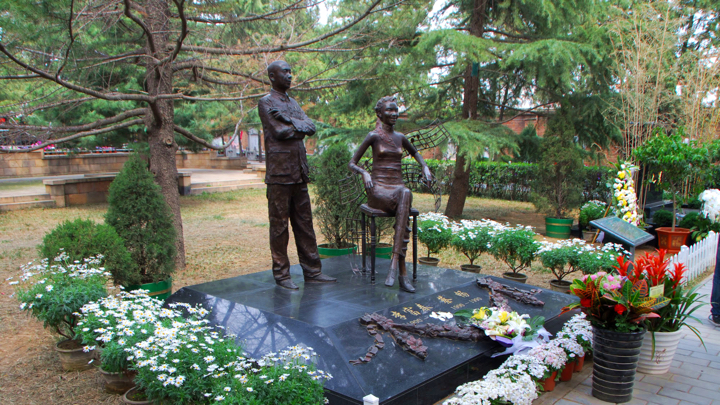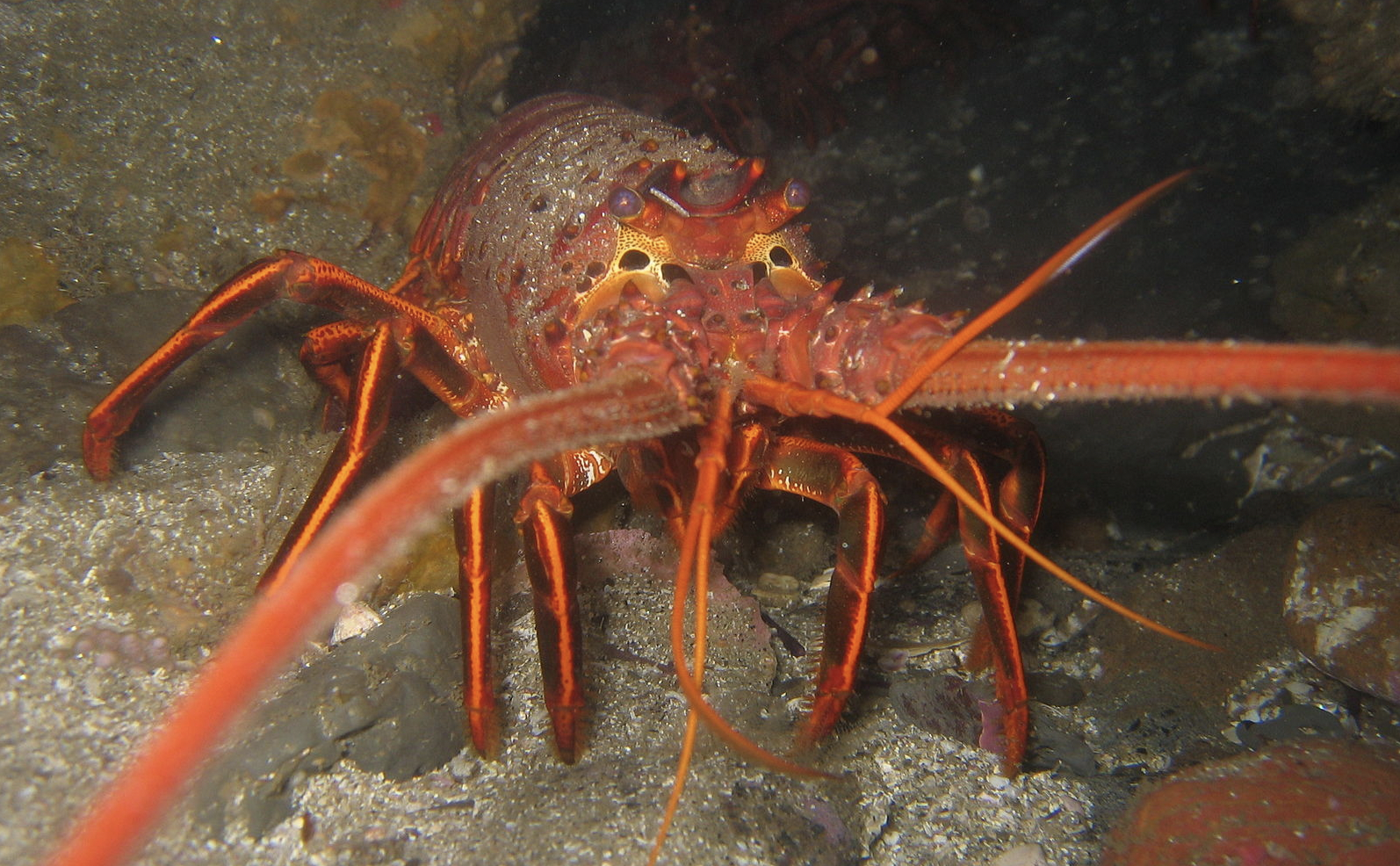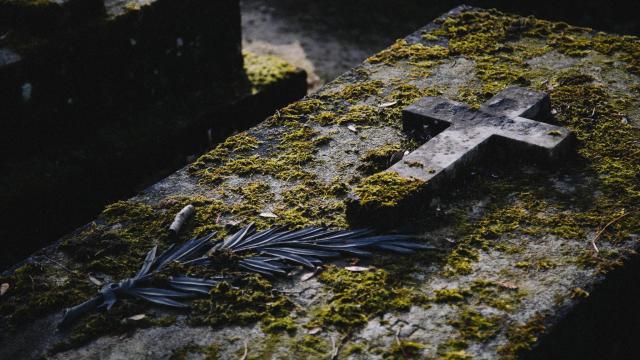Six strange things to do with your body after you die

Credit: Philip Stevens via Wikipedia / CC BY-SA 4.0
- Today, burial and cremation remain the most common ways to dispose of human corpses.
- However, some individuals, cultures, and companies have tried to look at death from a different perspective.
- From launching your remains into space to turning your ashes into a diamond, here are some of the alternatives they came up with.
Throughout history, people have disposed of cadavers in numerous ways. Graves and burial mounds dating back to prehistoric times can be found across the globe, often containing both skeletal remains and personal belongings. Cremation, the act of burning corpses to ash and dust, was practiced from the bowels of ancient Rome to the outskirts of East Asia. Immurement was reserved for higher classes, with some of the most impressive pieces of architecture ever built originally serving as tombs for important individuals.
Though these three methods may be the most common, they are not the only ones at our disposal. In Mumbai, Zoroastrian communities used to place their corpses atop towers to be withered by the elements and consumed by carrion crows. Scandinavian Vikings died as they lived, sailing into the vast oceans with ceremonial sea burials. During the Second World War, Nazis and Soviets alike waged war on entire populations and ethnicities, burying their victims in mass, unmarked graves.
Some individuals, communities, and companies have looked at death and dying from different angles still. Instead of preparing their loved ones for a hypothetical afterlife, they asked themselves how the dead could be of service to the here and now. From composting human remains to sending relatives into outer space, there are numerous unorthodox yet meaningful ways to bid farewell to a corpse, each with their own historical and spiritual significance.
Auto-icons
A staunch utilitarian, the British philosopher Jeremy Bentham did not entertain the idea of his dead body being burned or buried when it could still be of some use to the living. In his will and testimony, which he wrote just one week before his death in 1832, he asked a friend to donate his organs to science so that they could be dissected and studied — a decision which the medical community greatly appreciated, considering how difficult it was to acquire fresh cadavers back then.
But Bentham did not stop there. After the removal of his innards, he asked that his skeleton and head — embalmed and mummified so as to prevent deterioration — would be dressed in his ordinary clothes and arranged in a position resembling how people had known him in life: seated on a chair, staff in hand, with an attitude clearly suggesting he was “engaged in thought.” As of today, Bentham’s body is on display in a glass case near the entrance of University College London’s Student Center.
In writing, Bentham began referring to the quest of preserving his characteristics even in death as the “auto-icon.” On one level, becoming an auto-icon allowed the philosopher to preserve his legacy years after his passing. On another, he may have wanted to inspire his contemporaries to donate their bodies to science as well. In the deeply religious yet slowly advancing times when Bentham lived, his unusual fate was seen as both an insult toward God and a means of using scientific understanding to overcome death.
Quasibiological bodies
Chances are Bentham would have been disappointed knowing his preserved body is only partly authentic. Under the right conditions, human bones can be preserved for hundreds, even thousands of years. Soft tissue, on the other hand, disintegrates within less than half a century. After a botched attempt to mummify Bentham’s head, his skin quickly became stretched and discolored. Once it had lost all resemblance to the original person, it was replaced with a wax replica.
Perfect preservation of soft tissue is an art that we, despite our modern-day technology, have not yet mastered. That said, Russian scientists came pretty close in their efforts to conserve the body of Vladimir Lenin. On Red Square in Moscow, tourists can find a tomb containing the 151-year-old body of the famed revolutionary. After he passed away at the age of 53 from a brain hemorrhage, Lenin’s remains were enshrined to serve as an inspiration for future generations of Soviets.
“Scientists have spent a century fine-tuning the preservation techniques that maintain the look, feel, and flexibility of Lenin’s body,” Jeremy Hsu reported in Scientific American. Today, a specialized team of anatomists, biochemists, and surgeons from Moscow’s Center for Scientific Research and Teaching Methods in Biochemical Technologies focuses on preserving its form but not its original biological material, creating a “quasibiological” body that combines skin tissue with plastics. This method has also been used to preserve the bodies of other world leaders like Ho Chi Minh.
Alkaline hydrolysis
Though the means by which individual cultures dispose of their bodies has varied widely across history, central to almost all of them was the concept of dignity. Destroying or preserving a body in a dignified manner was not only a means for the living to pay their respect to the dead, but also so the dead could face the afterlife with a high head and squared shoulders. However, as belief in the afterlife waned, emphasis on dignity gradually made way for other things, like a growing concern for the environment.
For years, activists have been campaigning for more environmentally friendly alternatives to burial and cremation. One green alternative they have rallied around is alkaline hydrolysis, a process whereby bodies are dissolved in a strong chemical base. Though this might be reminiscent of serial killers like John Haigh, alkaline hydrolysis remains a perfectly legal albeit somewhat unpopular practice over nineteen U.S. states. By 2007, around 1,000 individuals had chosen to be disposed of in this manner.
Composting
A slightly less controversial but equally green alternative exists in the form of composting. Sometimes referred to as natural organic reduction (NOR), composting was first legalized in Washington in 2019. After human remains are naturally decayed by fungi and bacteria, the nutrient-rich soil can be used for the gardens of loved ones. Given that returning to the earth is an important aspect of burial and cremation, it should come as no surprise that composting is slowly gaining popularity.
Space burials
The very first person to be “buried” in outer space was Eugene Shoemaker, a planetary science pioneer whose remains were taken aboard NASA’s Lunar Prospector spacecraft and scattered across the surface of the moon. Shoemaker’s burial saw the birth of an industry catering to explorers eager to follow in his footsteps. Two companies, Elysium Space and Celestis, have operated for several years and specialize in taking human remains to destinations across the solar system.
“If you’ve lost someone you love, you can look into the sky each night and feel the honor and respect you have paid to your loved one,” Celestis’ website welcomes visitors. “Paid” is a rather appropriate word choice, as space burial is not exactly cheap. While sending ashes along a two-minute orbit costs a regular old Earth burial, funerals on the moon or beyond tend to be a little more expensive. According to Slate, tickets for full-blown space travel can go for as much as $12,500 a person.
Paying an arm and a leg to send a dead body to space may sound a bit absurd, but it actually makes sense if you think about it. For our modern-day society, outer space serves the same purpose as the afterlife did for civilizations passed. It is — in a sense — the new final frontier, the beginning of a terrifying but exciting journey into the unknown, and the more affordable space exploration gets, the more commonplace extraterrestrial funerals shall become in the future.
From ashes to diamonds
As mentioned, cremation remains one of the most common methods for disposing of bodies, and although the machinery involved in this process has continued to evolve, the basic concept has remained more or less the same — that is, until now. After receiving backup from Shark Tank‘s Mark Cuban, a death-care startup called Eterneva began offering services that can turn people’s ashes into diamond rings, replacing the age-old urn and reinventing how humans grieve.
After losing a close friend in 2015, Eterneva co-founder Adella Archer learned to extract the carbon molecules from cremated human remains and compress them into actual diamonds. Her business model is not about creating a fashionable product but to reestablish the bonds between the living and the deceased. Each diamond is handmade and tailored to the recipient, thus ensuring the stones are as special and unique as the individuals whose remains they were created from. (See the video at the top of this article.)
Upon investigating the emotional impact diamonds can have on the mourning experience, a team of researchers from Baylor University found Eterneva could help people work through grief. Clients, when interviewed, frequently express joy at the fact that they can carry their pet or family member everywhere they go. They also believe diamonds, being more aesthetically pleasing than urns, are better at representing the beauty that radiated from their loved ones when they were still alive.





